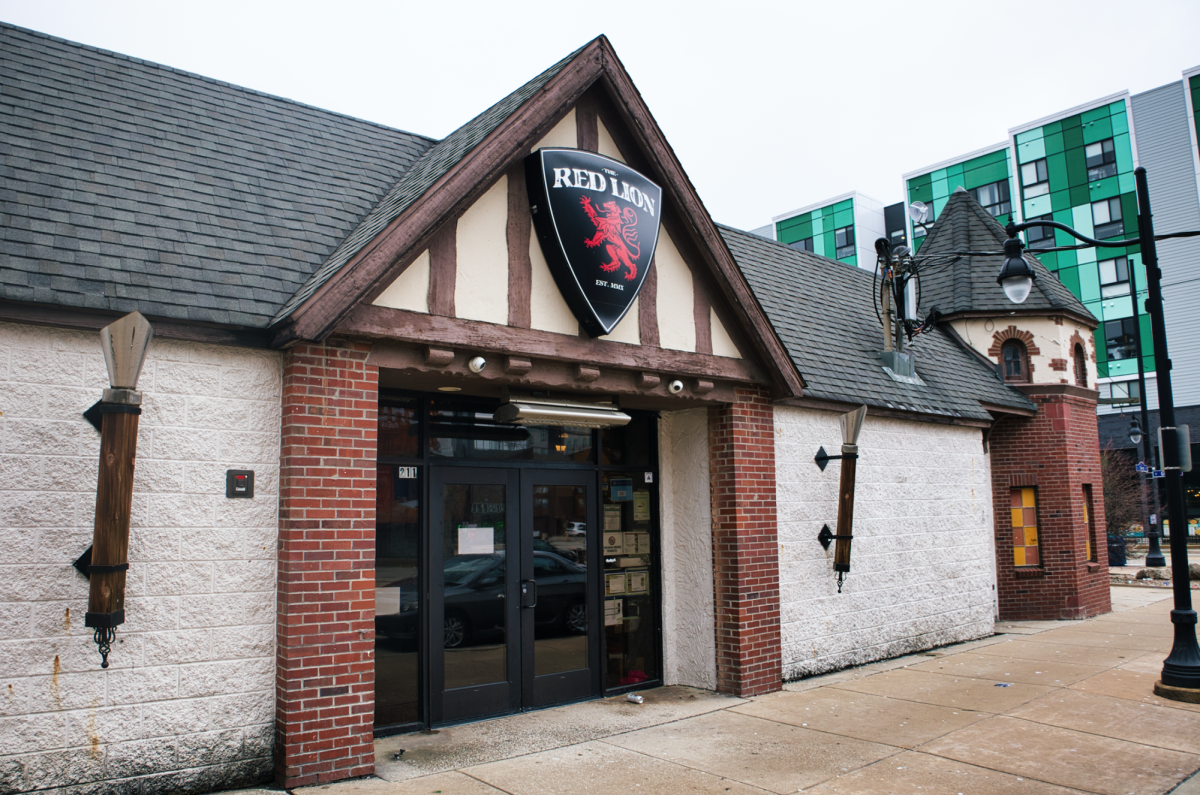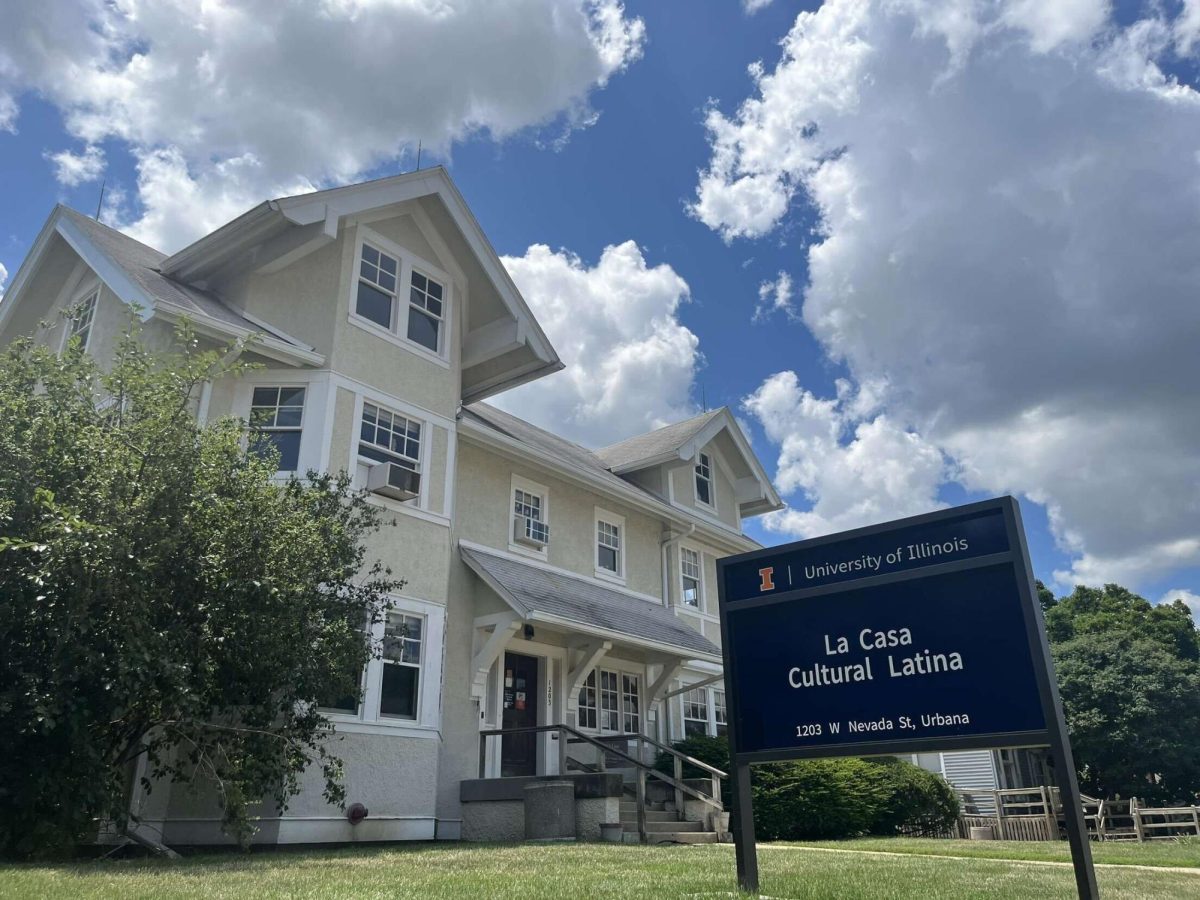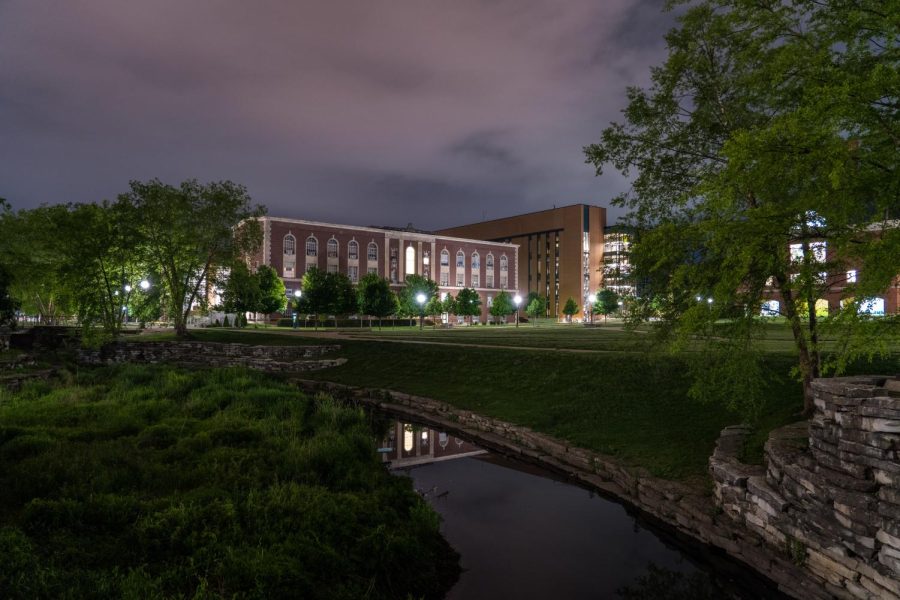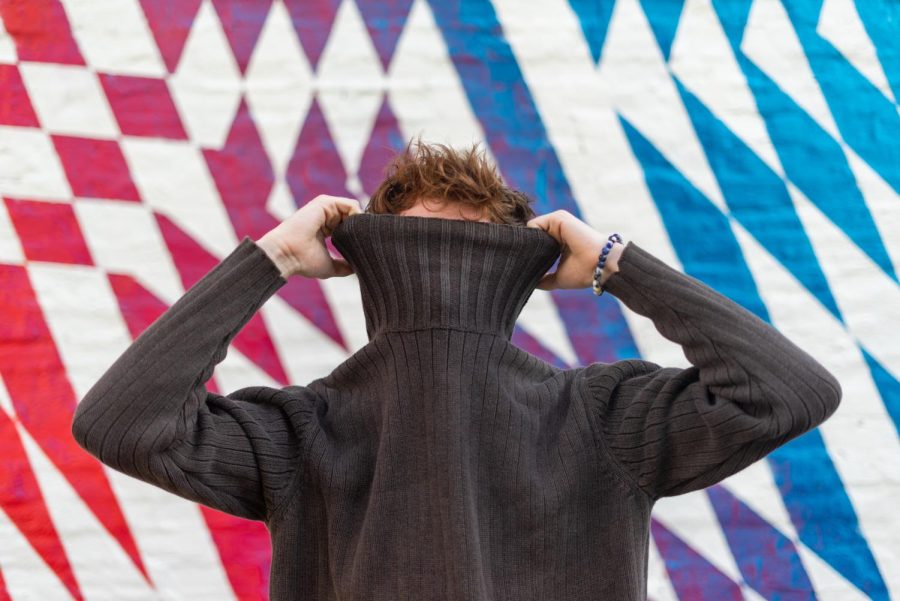In a 6-3 decision released early Thursday, the Supreme Court struck down race-conscious admission in institutions of higher education — a practice known as affirmative action — labeling it unconstitutional.
Although the repeal of affirmative action was never a foregone conclusion, the American higher education landscape has been anticipating the possibility for months.
When it did come — at the tail end of a packed month for the Supreme Court — the decision cleanly split the court down political lines. Each member of the court’s majority conservative bloc moved in support of striking down race-conscious admissions, while all three liberal members — Justices Sotomayor, Kagan, and Jackson — dissented.
The case, known as “Students For Fair Admissions v. Harvard,” was filed by Students for Fair Admission, an organization founded by anti-affirmative action activist Edward Blum.
Blum represents a group of anonymous Asian Americans who allege they have faced racial discrimination after being rejected from Harvard University and the University of North Carolina. SFFA claims that Harvard utilizes racial quotas that keep the number of Asian Americans at the University artificially low to the benefit of other racial groups.
Get The Daily Illini in your inbox!
In a lengthy opinion of the court, Chief Justice John Roberts invoked the equal protection clause of the 14th amendment of the United States constitution in arguing that Affirmative Action infringed on racial equality under law. Roberts then traced the history of the amendment and its relation to landmark cases — from Plessy v. Ferguson and Brown v. Board of Education to Grutter v. Bollinger, the now–overturned 2003 case that asserted race-conscious admissions were constitutional.
However, Roberts did write that “At the same time, as all parties agree, nothing in this opinion should be construed as prohibiting universities from considering an applicant’s discussion of how race affected his or her life, be it through discrimination, inspiration, or otherwise”
S.F.F.A v. Harvard is just the latest chapter in an almost half-century-long tussle over how universities, especially public ones, should choose the students and leaders of the future.
Andy Borst, the University’s director of undergraduate admissions, said his department has been exploring different race-neutral admissions alternatives with each new Supreme Court challenge over the years.
“Unfortunately, race-neutral factors such as socio economics or geography do not effectively capture the complete extent of how individuals from different races and ethnicities experience our society, where unequal funding significantly impacts educational outcomes,” Borst said.
In 1978, Bakke v. California marked the first landmark case over what is now known as affirmative action. In this case, the court ruled that taking into account the racial background of students was permissible, although the utilization of specific racial quotas was not.
The plaintiff, Bakke, argued that setting aside a specific amount of seats at the University of California medical school discriminated against white students. Despite this, the state of California banned affirmative action as part of a statewide referendum in 1996.
In Grutter v. Bollinger, a 2003 decision involving the University of Michigan Law School, the Supreme Court came to the same conclusion. The court concluded that the consideration of race in admissions was constitutional, but that it should be phased out in the future once the goals of equality and increased upward mobility are met.
Just as California had done, Michigan would ban affirmative action three years later in 2006 as part of a state constitutional amendment. The University of Michigan and other Michigan colleges have been operating with race-blind admissions ever since.
Sean Garrick, vice chancellor of diversity, equity and inclusion, said before the ruling that he could see the repeal of Affirmative action causing a decline in the number of black students admitted to the University.
“If we look at what happened at two of our peer institutions where this sort of thing has happened at the state level, … in 2006, I think the population of African American students enrolled at University of Michigan was 7%,” Garrick said. “Then, something akin to an affirmative action ban went into place in Michigan. In 2021, the population of enrolled African American students at Michigan was 4%,” Garrick said.
Garrick said the same thing also happened at University of California Berkeley.
“And those are two institutions that academically are some of our closest peers — and if you look at Michigan, geographically, it’s very similarly situated to Urbana-Champaign. So it would be a surprise if an equivalent thing didn’t happen here. … It’s hard to say exactly what the number would be, but I would imagine anywhere from a 20 to 45% drop.”
The ruling comes as various University organizations have been pushing for more representation for people of color at predominantly white institutions of higher education.
Black students for Revolution has initiated an initiative called Project1000, which seeks to graduate 1000 black students every year and increase black faculty and staff at the University.
“We are under the guise that this community is very diverse, as we see in the numbers specifically, but the Black population here is not as big as we all believe,” BSFR co-lead Khalia Mullin told the Daily Illini earlier this year.
Andy Borst also mentioned the situation at other peer universities.
“Many peer flagship universities, where the consideration of race has been prohibited in college admissions at the state level, have experienced a decline in enrollment among diverse students,” Borst said. “While we anticipate the possibility of experiencing similar enrollment trends, our commitment to promoting access, equity, and inclusion for everyone remains unwavering.”
Borst said that the University will comply with the court’s ruling, but that it will continue to take equity into consideration in its future admissions decisions.
“We will conduct university business in a manner consistent with the Supreme Court’s decision and continue to cultivate an inclusive and welcoming learning environment for all,” Borst explained.
Borst also said that the undergraduate admissions policy considers a student’s background and “various contextual factors.”
“It is essential to understand a student’s achievements within the framework of different external influences,” Borst said. “Academic performance, test scores and other traditional measures of academic merit can vary significantly depending on a student’s background and disparities in K-12 education contexts.”
Carol Ammons, an Urbana-area Illinois state representative, said in a statement that the Supreme Court has proven they are out of touch with the realities people of color face in their everyday lives.
“The issue of race continues to disenfranchise Black, Latinx and marginalized communities especially those trying to go to college,” Ammons said. “I applaud Justices Kagan, Sotomayor and Brown Jackson for standing up for opportunity for all, but I am calling on the justices in the majority opinion to think long and hard about how their decisions will hurt countless prospective Black and Brown students.”
Cori Bush, a St. Louis area and Missouri state representative, called the Supreme Court a “cesspool of corruption,” after the ruling.
“In its dedication to moving backwards, the Supreme court has once again rolled back protections for people in marginalized communities across this country,” Bush said in a statement.
Garrick referred to universities as the “single greatest lever that society has for bringing folks from one socioeconomic background to the next.”
This, Garrick said, is especially important in low income communities.
“I mean, the number of folks who don’t know anyone who’s gone to college in low income communities, both urban and rural is pretty significant,” Garrick said. “If we, if we have the kind of cuts that have been seen at Michigan and Berkeley, then you can imagine the progress that we’re making in those areas is going to be greatly stalled,”
Garrick continued to say that the University’s efforts will have to be “redoubled.”
“There’s a lot of talent out there,” Garrick said. “I think, again, we simply have to redouble our efforts. To find the talent and ensure that they come to Illinois.”
Garrick also said that the University must work to make their resources accessible to students from various backgrounds.
“Illinois is an outstanding institution,” Garrick said. “We have to ensure that the breadth and depth of our expertise, excellence and rigor by which we do this work, we have to ensure that all of that is made available to those who are most underrepresented, who are most disenfranchised.”
Justice Ketanji Brown Jackson, in a blistering dissenting opinion, criticized the court’s ruling.
“With let-them-eat-cake obliviousness, today,” Jackson said, “the majority opinion pulls the ripcord and announces ‘colorblindness for all’ by legal fiat.”
“But deeming race irrelevant in law,” Jackson continued, “does not make it so in life.”













